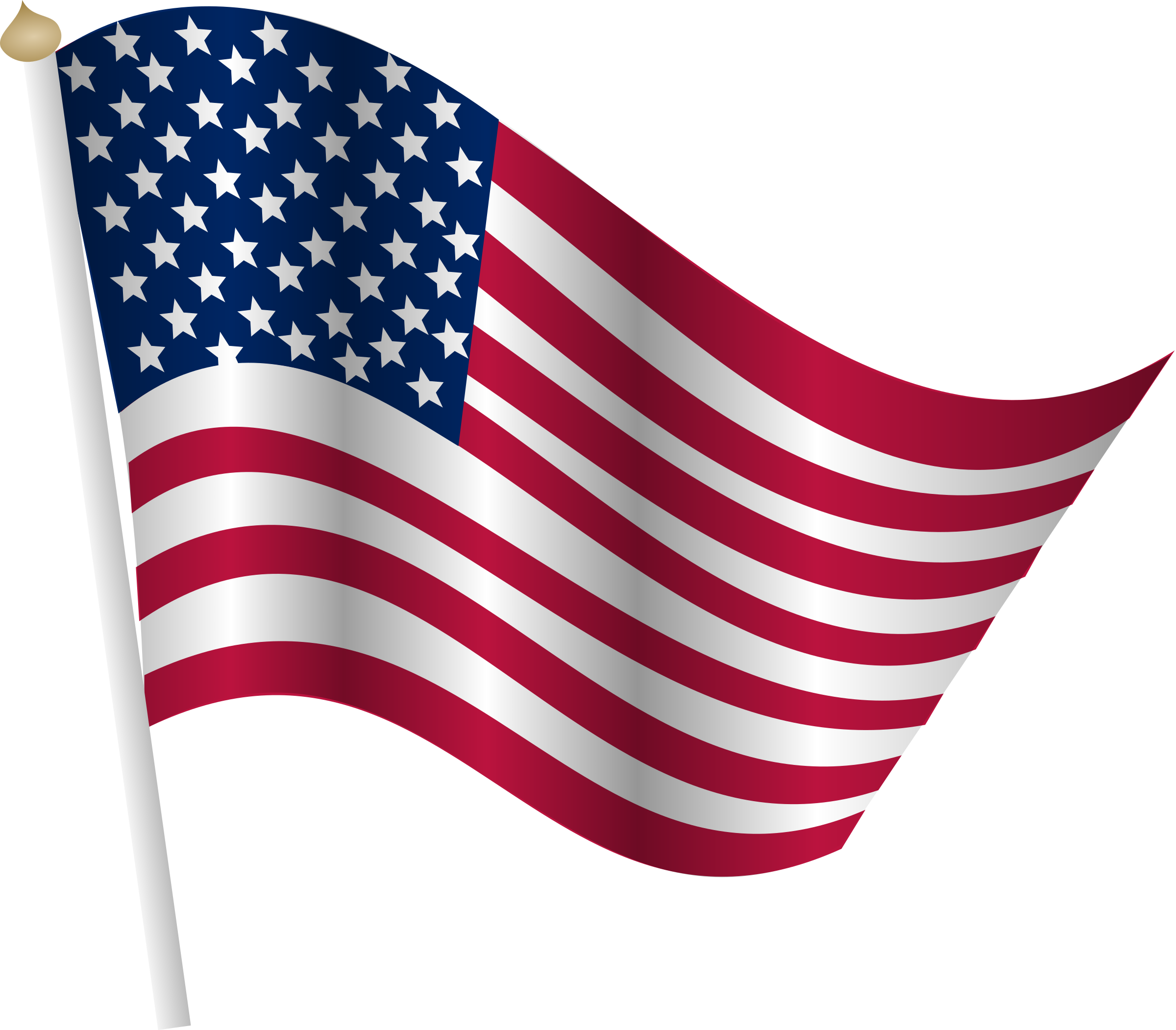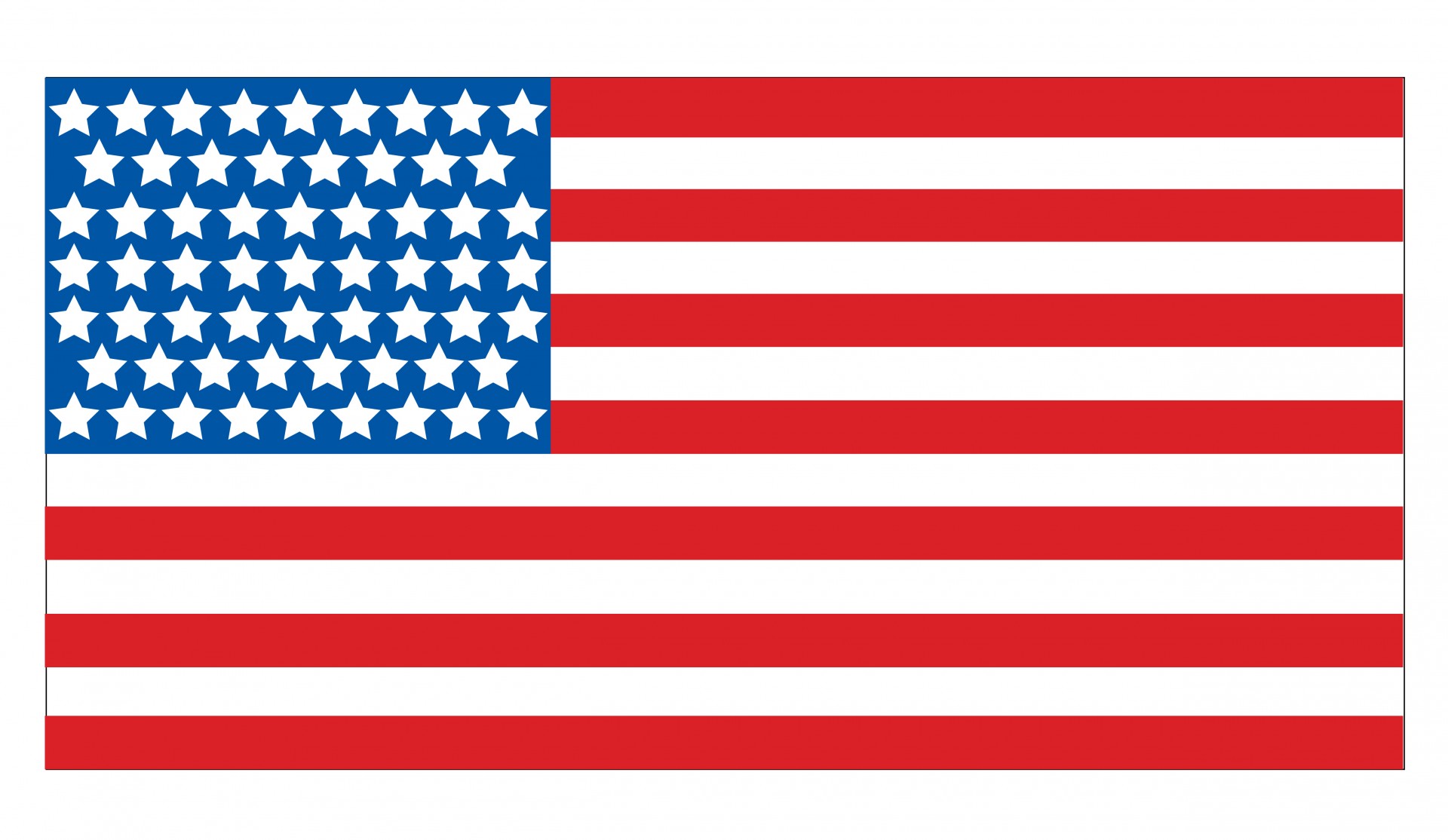Table Of Content
- Office of the Vice President
- Three Cheers for the Red, White, and Blue
- U.S. Postal Service Reveals Stamps for 2024
- flag of the United States of America
- Executive branch flags
- Who Designed the Current American Flag?
- The Evidence for Hopkinson as the American Flag Designer
- Benjamin Franklin's United States Flag

It gained special significance during the Civil War, a time when many Americans turned to music to express their feelings for the flag and the ideals and values it represented. By the 1890s, the military had adopted the song for ceremonial purposes, requiring it to be played at the raising and lowering of the colors. In 1917, both the army and the navy designated the song the “national anthem” for ceremonial purposes. Meanwhile, patriotic organizations had launched a campaign to have Congress recognize “The Star-Spangled Banner” as the U.S. national anthem.
Office of the Vice President
The legend goes that George Washington, Robert Morris, and George Ross came to Betsy Ross’s house to discuss the design of a national flag. The original design had six-sided stars representing the thirteen colonies on a field of blue with red and white stripes. The three men, amazed at how quickly she could cut the five-pointed stars, assigned her with the task of sewing the flag. The larger of these two flags would become known as the “Star-Spangled Banner.” Pickersgill stitched it from a combination of dyed English wool bunting (red and white stripes and blue union) and white cotton (stars). Each star is about two feet in diameter, each stripe about 24 inches wide.
Three Cheers for the Red, White, and Blue
Francis Hopkinson, signer of the Declaration of Independence from New Jersey, claims that he designed the “Stars and Stripes” that was designated as the national flag. The above resolution was adopted from the Marine Committee, who had been using these guidelines for flags since July 4, 1776. Francis Hopkinson was chairman of the Navy Board’s Middle Department which was under the Marine Committee at the time that these guidelines were established in 1776. On May 25, 1780, he requested a quarter cask of wine in payment for his help in designing the national flag and aiding in designing the Great Seal for the United States. There are no surviving illustrations of his design, but the flag most likely has 13 red and white stripes, and 13 six-pointed stars in a field of blue. A popular belief is that Elizabeth Griscom, a Philadelphia flag maker who was also known as Betsy Ross, sewed the first “official” flag in June 1776.
U.S. Postal Service Reveals Stamps for 2024

Illustrator Laura Stutzman painted the designs using gouache on illustration board. The Stars and Stripes changed on May 1, 1795, when Congress enacted the second Flag Resolution, which mandated that new stars and stripes be added to the flag when new states were admitted to the Union. The first two new states were Vermont (1791) and Kentucky (1792). In all, from 1777 to 1960 (after the admission of Hawaii in 1959), there were 27 versions of the flag—25 involving changes in the stars only.
Heft’s mother was an avid seamstress, though she refused to help her son with the project. Instead, Heft was forced to design the new American flag on his own. Shortly after submitting his design to Congress, it was selected to replace the previous American flag design. Since then, Congress has continued to recognize Heft’s design as the official American flag.
Executive branch flags
Shown here is a timeline of each official iteration (including notable variations). With much of the evidence lost to history, historians disagree on which individuals designed and constructed early versions of the United States flag. Colonel William Moultrie commissioned "The Moultrie Flag" in 1775 to prepare for war with Great Britain. It depicts a white crescent moon with the word “LIBERTY” inscribed within it on a field of navy blue. It was flown during the American victory at the Battle of Sullivan’s Island in June 1776. Both the stripes (barry) and the stars (mullets) have precedents in classical heraldry.
Who Designed the Current American Flag?
Because the British attack had coincided with a heavy rainstorm, Fort McHenry had flown its smaller storm flag throughout the battle. But at dawn, as the British began to retreat, Major Armistead ordered his men to lower the storm flag and replace it with the great garrison flag. As they raised the flag, the troops fired their guns and played “Yankee Doodle” in celebration of their victory. In the early stages of the war, the American navy scored victories in the Atlantic and on Lake Erie while Britain concentrated its military efforts on its ongoing war with France.
The Evidence for Hopkinson as the American Flag Designer
But in 15 days the new Minnesota state flag will be raised across the state. One of the artists behind the final design shared the idea on Twitter. Kara is our Digital Marketing Coordinator by day, and a playwright by night. She loves both science and history, and is curious about pretty much everything. Starting in 1819, the updated flag becomes legal on the Fourth of July following the date of admission.
Minnesota, Illinois, Washington, Kentucky: See all 50 state flags - Courier Journal
Minnesota, Illinois, Washington, Kentucky: See all 50 state flags.
Posted: Fri, 05 Jan 2024 08:00:00 GMT [source]
The first “official” American flag was actually created in June 1775, and it was known as the Continental Colors or the Grand Union Flag. Much like today’s flag, it boasted 13 red and white alternating stripes to represent the 13 original colonies. Garden Delights These stamps will be available for mailers who enjoy adorning their cards and letters with beautiful stamps depicting nature scenes. In each of the four photographs, a different female ruby-throated hummingbird hovers next to either a zinnia, cigar flower, spotted touch-me-not or sunflower.
William Howard Taft on October 29, 1912, standardized for the first time the proportions and relative sizes of the elements of the flag; in 1934 the exact shades of colour were standardized. The flag of the United States was mentioned for the first time in 1777. Its author was probably Congressman Francis Hopkinson, who took an inspiration from the flag of Sons of Liberty - a group of activists protesting against the introduction of English customs in the American colonies. The thirteen stripes should symbolize the first colonies involved in these fights, originally together with thirteen stars arranged in the circle. The current form of the flag, which was adopted in 1912, kept thirteen stripes indicating the first member states.
Hopkinson, who signed the Declaration of Independence in 1776 and served as a delegate in the Continental Congress, was a lawyer, poet, satirist, musician, and an artist. Treasury and the state of New Jersey, as well as U.S. currency predating the dollar bill. And there’s evidence that he was the creator of the American flag—not Ross, as her descendants and many history books have suggested. The radiant beauty of fall will be celebrated with 10 new stamps in a pane of 20, featuring a portfolio of brilliant photographs taken in a variety of locations around the United States.

No comments:
Post a Comment